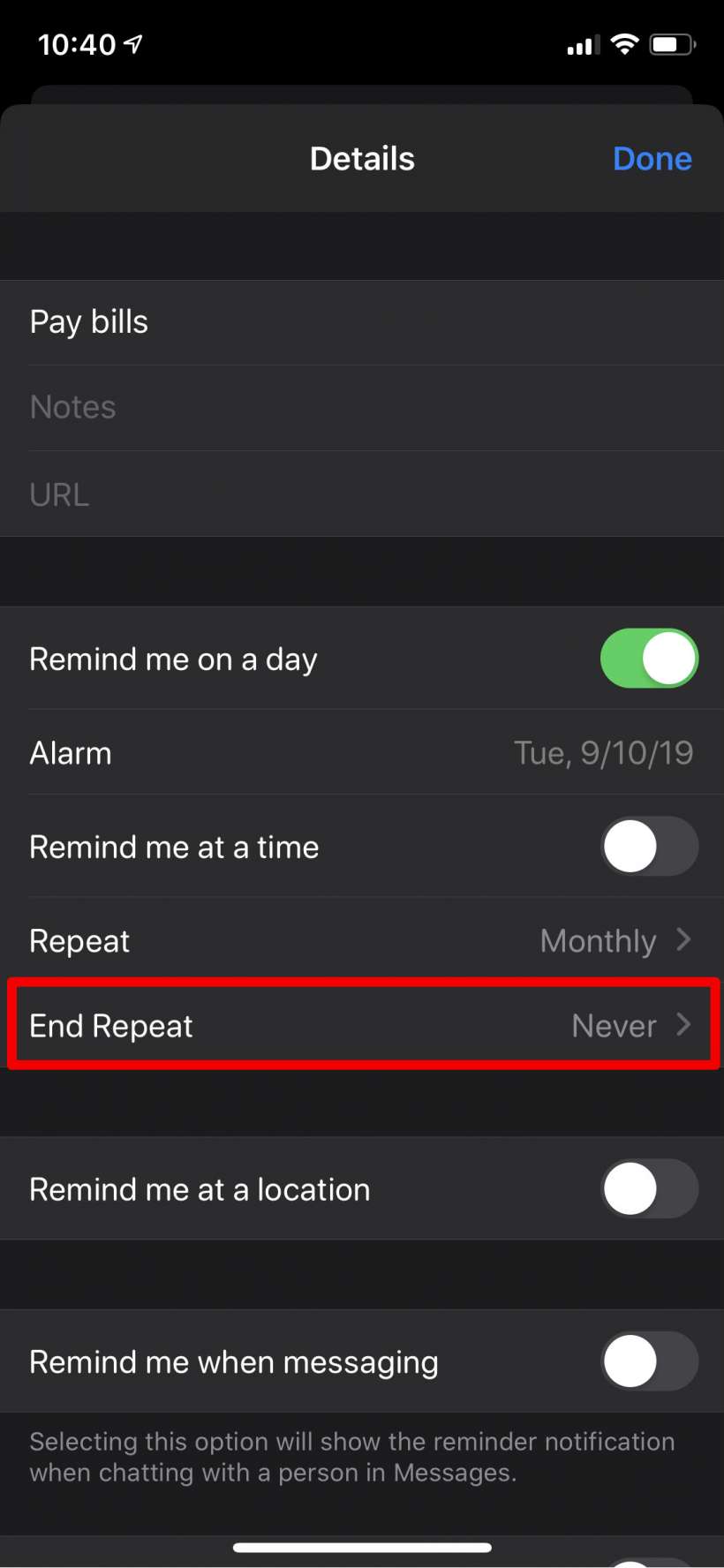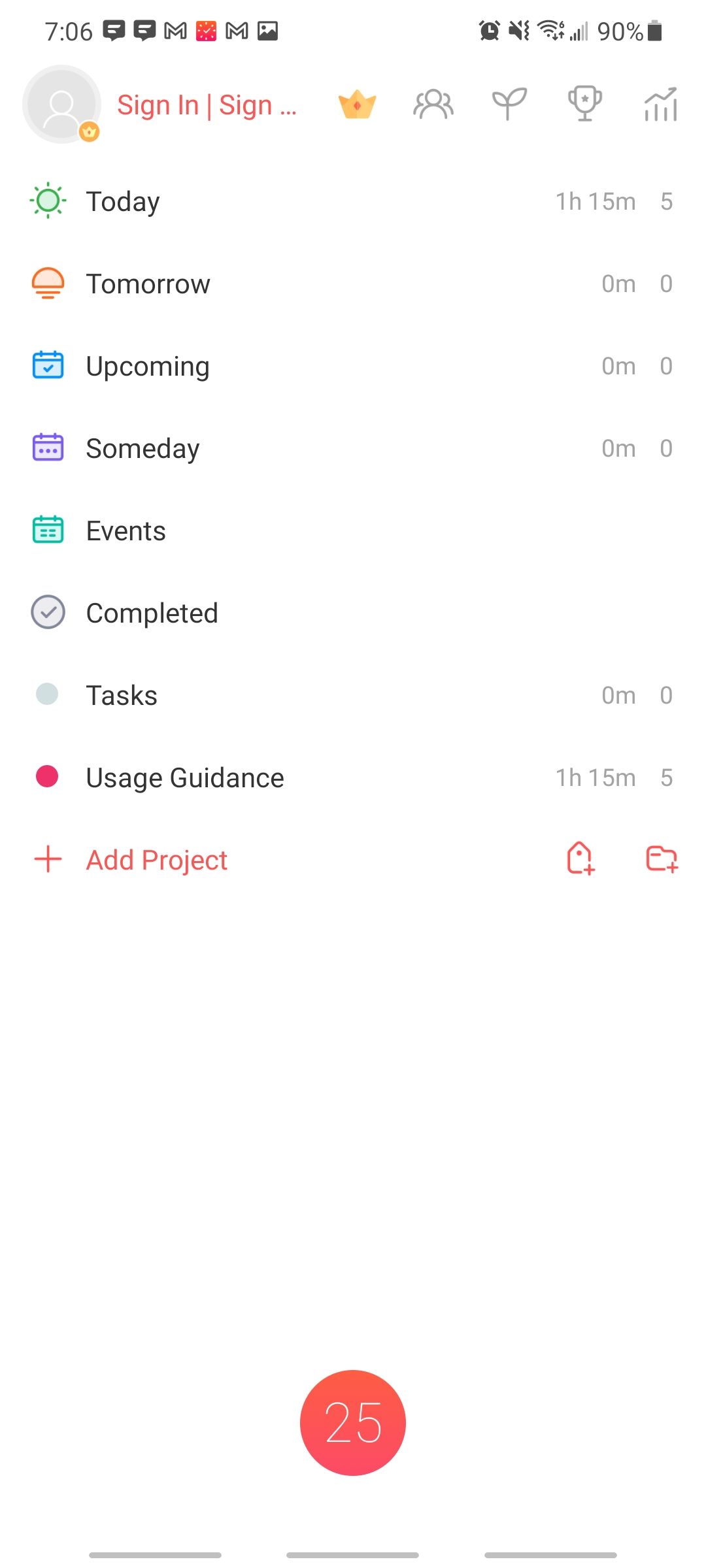

The attribution area also includes a close button that allows the user to quickly dismiss the notification and an ellipses menu that allows the user to quickly disable notifications for your app or go to the Windows Settings page for your app's notifications. Starting with Windows 11, your app's name and icon are displayed in this area. The attribution area is at the top of the app notification. Here is a visual representation of the app notification's content: AddAudio(new Uri("ms-appx:///Audio/NotificationSound.mp3")) SetAudioUri(new Uri("ms-appx:///Sound.mp3")) AddButton(new AppNotificationButton("Archive") Var builder = new AppNotificationBuilder()

audio: This element specifies the audio played when the toast is shown to the user.actions: This element represents interactive portion of the toast, including inputs and actions.visual: This element represents visual portion of the toast, including the generic binding that contains text and images.To learn more, see Send a local app notification. toast: The launch attribute of this element defines what arguments will be passed back to your app when the user clicks your toast, allowing you to deep link into the correct content that the toast was displaying.Some important, high-level components of an app notification XML payload include: For information on sending a notification after you have generated the XML payload, see Send a local app notification. This article only covers creating the app notification content.
#Apps break reminder download#
See Notifications Visualizer for more information, or download Notifications Visualizer from the Store.
#Apps break reminder free#
This free Windows app helps you design interactive app notifications by providing an instant visual preview of your toast as you edit it, similar to Visual Studio's XAML editor/design view. The raw XML examples are in the tabs labeled "XML".
#Apps break reminder code#
Raw XML - If you prefer, you can create your own custom code to generate XML strings in the required format.Code examples using these APIs are in the tabs labeled "Windows Community Toolkit". The C# samples provided in this article use version 7.0.0 of the NuGet package. To use Community Toolkit APIs, add the UWP Community Toolkit Notifications nuget package to your project. Although these APIs can also be used for Windows App SDK apps, and continue to be supported, we recommend that new implementations use the APIs. The builder syntax - These APIs are part of the UWP Community Toolkit and provides support for UWP apps.Code examples using these APIs are in the tabs labeled "Windows App SDK". The APIs - Introduced in Windows App SDK 1.2, this namespace provides APIs that allow you to easily build the XML payload for a notification programmatically without having to worry about the specifics of the XML format.

The code examples in this article demonstrate all three methods: Currently, there are three ways of generating the XML payload fo an app notification. Getting startedĪpp notifications are defined with an XML payload which is defined by the App notification schema. These terms both refer to the same feature of Windows, but over time we will phase out the use of "toast notification" in the documentation. The term "toast notification" is being replaced with "app notification".


 0 kommentar(er)
0 kommentar(er)
